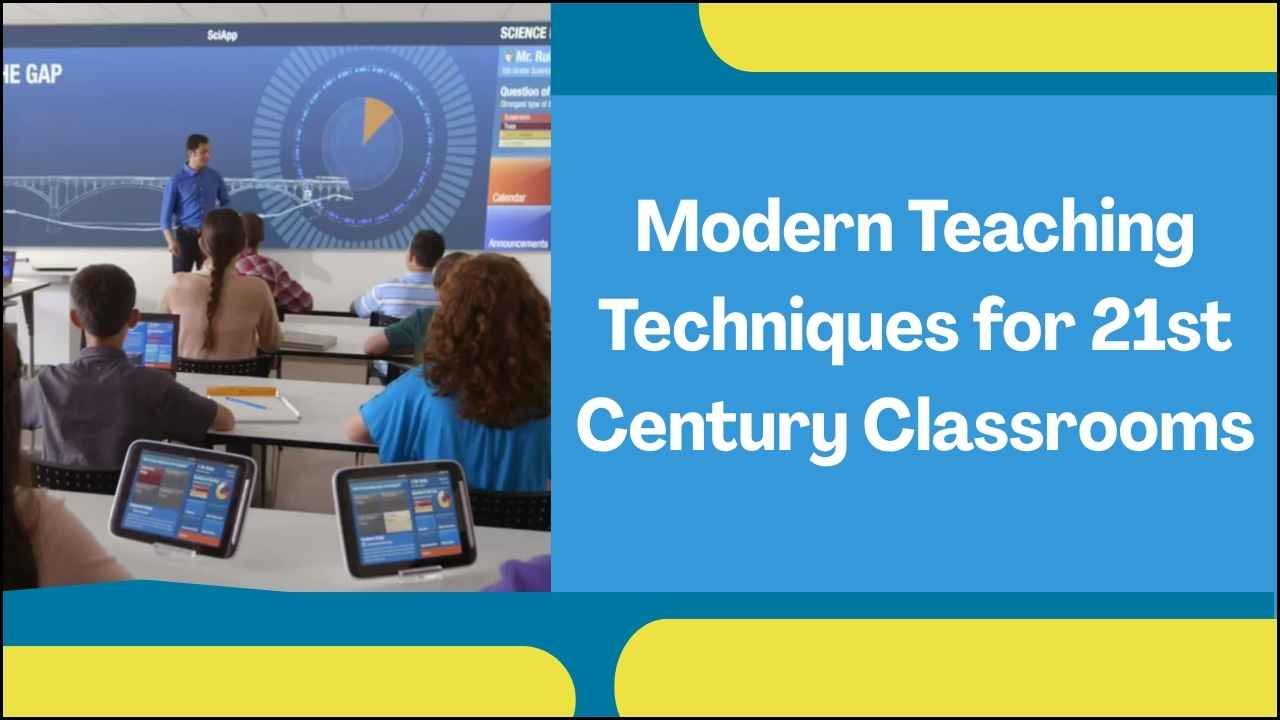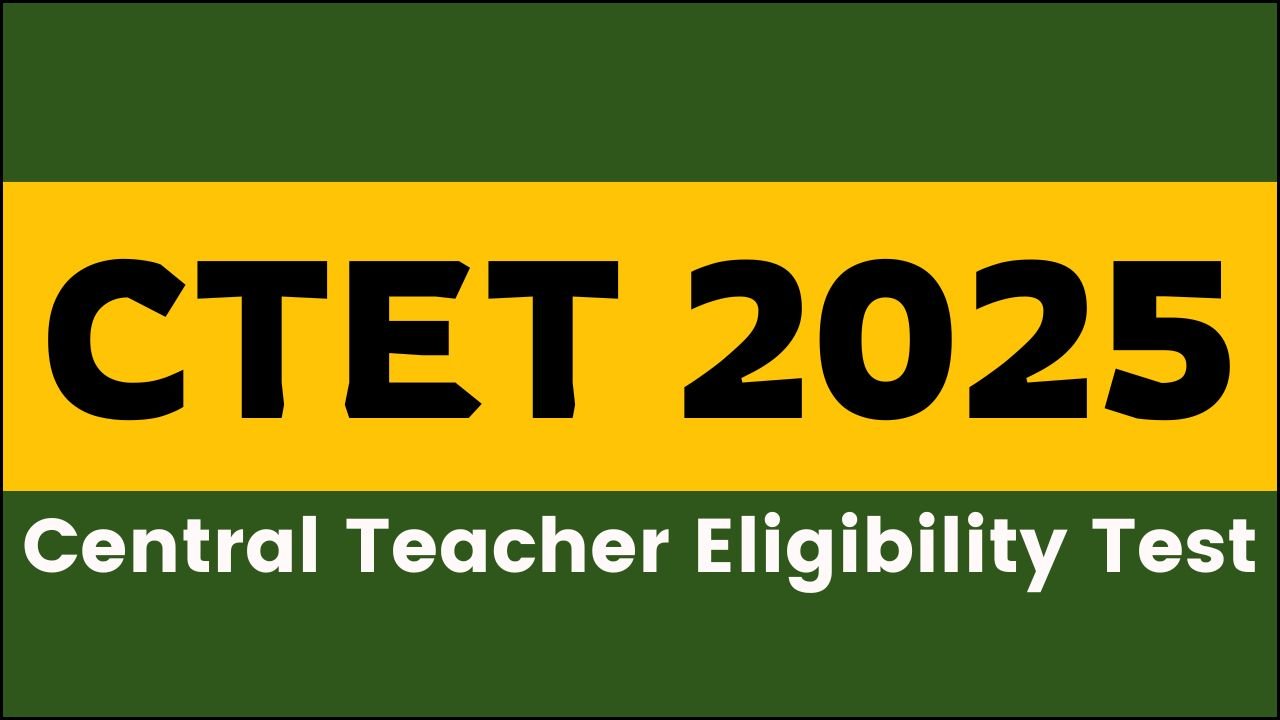
Mathematics can be a difficult subject for many young learners. While some children pick up numbers quickly, others find them confusing and boring. A poor understanding at an early stage often leads to low confidence and weak performance in the future. However, creative teaching methods can help children enjoy math and grasp basic concepts more easily. Fun activities, games, and hands-on tasks make numbers less scary and more exciting for kids.
Table of Contents
Benefits of Fun-Based Math Learning
- Better Understanding – Children grasp numbers more easily when taught through play.
- Increased Attention – Fun methods hold children’s interest for longer periods.
- Stronger Memory – Activities improve memory through repetition and interaction.
- Improved Motor Skills – Hands-on tools and tasks strengthen physical coordination.
- Boosted Confidence – Engaging learning builds self-esteem in math performance.
Effective Techniques to Make Math Enjoyable
1. Music and Movement
- Learning through Songs – Rhymes like “Five Little Monkeys” make counting fun.
- Physical Actions – Dancing or clapping during number songs builds memory and rhythm.
- Group Participation – Children enjoy performing together, which increases involvement.
2. Guess the Number Game
- Interactive Learning – One child thinks of a number, and others ask yes/no questions.
- Estimation Skills – Children learn to narrow down options logically.
- Critical Thinking – Guessing games develop reasoning and decision-making.
3. Hands-On Counting Objects
- Tactile Experience – Items like cereal or buttons help children count by touch.
- Visual Clarity – Lining up objects shows quantity clearly.
- Engaging Material – Everyday items make lessons relatable and less formal.
4. DIY Number Line
- Visual Representation – Children see how numbers progress in size.
- Learning Through Movement – Hopping on numbers reinforces sequencing.
- Use of Toys – Small figurines or pebbles add fun to the learning process.
5. Pretend Play Store
- Math in Real Life – Children use fake money to buy and sell.
- Simple Calculations – Buying multiple items teaches addition and subtraction.
- Social Learning – Role-playing enhances communication and cooperation.
6. Number Scavenger Hunt
- Active Learning – Children search for hidden numbers in a room or outside.
- Number Recognition – Kids learn to identify and sequence numbers.
- Challenge Levels – Tasks can be made harder by using higher numbers or rules.
7. Digital Apps and Games
- Interactive Content – Tools like “Numberjacks” offer engaging number activities.
- Accessible Learning – Children can play on phones or tablets at home or school.
- Self-Paced Practice – Kids can repeat activities as often as they need.
8. Block Building Challenge
- Counting Skills – Children use a set number of blocks to create towers.
- Understanding Patterns – Stacking helps identify and predict patterns.
- Team Activities – Group building fosters teamwork and creativity.
9. Number Nature Walk
- Outdoor Exploration – Children count trees, flowers, animals, or signs.
- Real-Life Application – Learning outside connects numbers with daily life.
- Environmental Awareness – Kids observe and appreciate nature while learning math.
10. Homemade Number Book
- Creative Crafting – Children draw numbers and match them with equations.
- Fine Motor Development – Cutting and gluing help with control and precision.
- Review Tool – The Book can be used to revise learned concepts regularly.
Comparison of Innovative Math Methods
| Method | Tools Used | Skills Developed | Best For |
|---|---|---|---|
| Music and Movement | Songs, rhymes, and physical actions | Rhythm, memory, coordination | Young learners |
| Guess the Number | Verbal questions, thinking | Logic, estimation, communication | Group play |
| Counting Objects | Toys, food items, and blocks | Tactile counting, sequencing | Toddlers and early learners |
| Number Line | Paper, pens, small figures | Visual counting, basic arithmetic | Individual or classroom use |
| Play Store | Fake money, toys, price tags | Addition, subtraction, and real-life math | Group activities |
| Scavenger Hunt | Sticky notes, bags, paper numbers | Recognition, sequencing, movement | Home or classroom |
| Apps and Games | Tablets, phones, software | Digital literacy, independent learning | At-home practice |
| Block Towers | Building blocks, Lego, wooden pieces | Counting, spatial awareness | Indoor play |
| Nature Walk | Outdoor elements | Observation, real-world math | Outdoor exploration |
| Number Book | Paper, glue, scissors, crayons | Creativity, math facts, and fine motor skills | Take-home project |
Tips for Teachers and Parents
- Stay Patient – Every child learns at their own pace. Encouragement works better than pressure.
- Repeat Often – Repetition helps in remembering math facts.
- Mix It Up – Use a variety of activities to keep the child engaged.
- Praise Progress – Celebrate small achievements to boost morale.
- Stay Positive – Present math as fun and not as a tough subject.
Results of Fun Math Learning
| Outcome | Benefit |
|---|---|
| Improved Problem-Solving | Kids understand and solve math challenges better |
| Greater Confidence | Children feel proud and motivated |
| Early Love for Math | Positive experiences build lifelong interest |
| Better Test Performance | Fun learning improves scores in formal settings |
| Stronger Parent-Child Bond | Joint activities create trust and communication |
Moving Forward
Fun and creativity can turn a challenging subject like math into something children enjoy. With the right techniques, learning numbers becomes an exciting adventure rather than a chore. Games, songs, physical tasks, and digital tools each bring something unique to math lessons. When teachers and parents work together to make math engaging, children are more likely to love learning and succeed.





